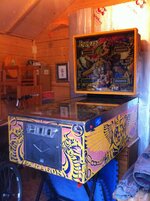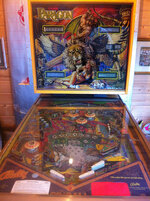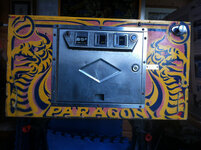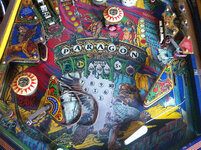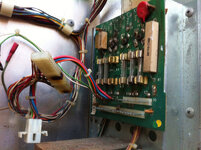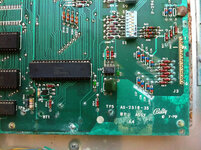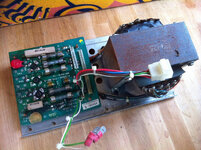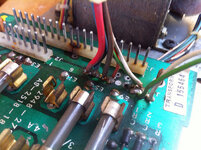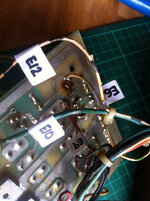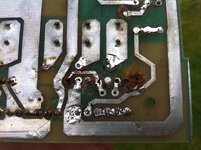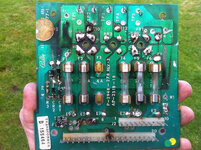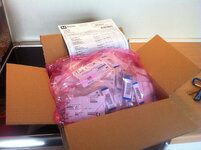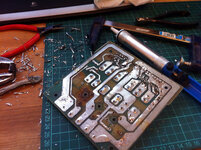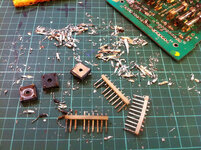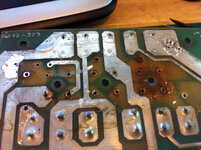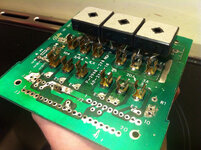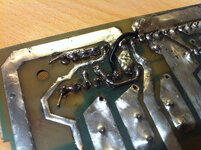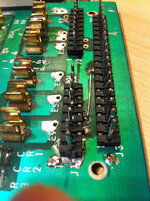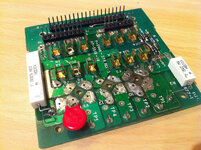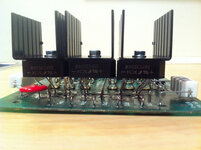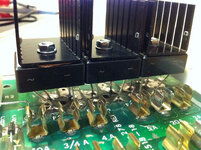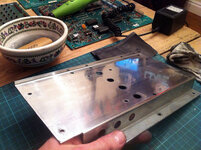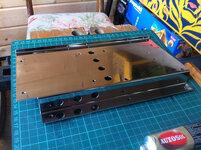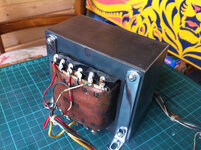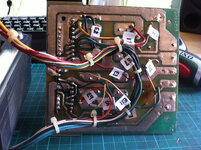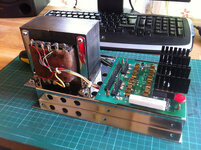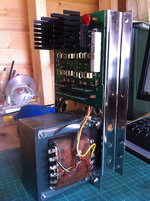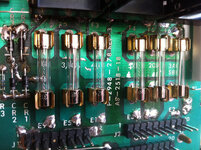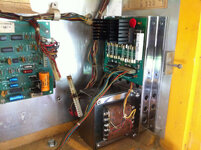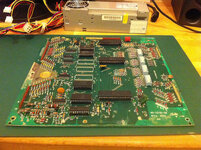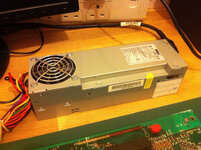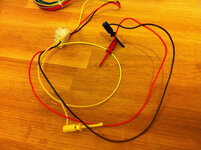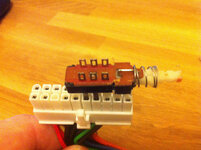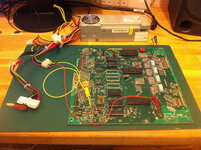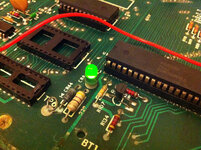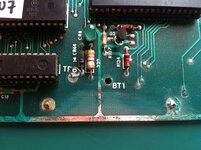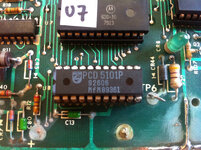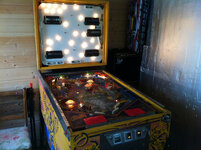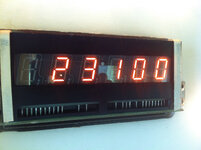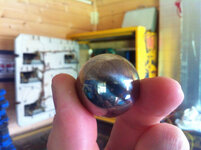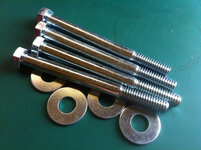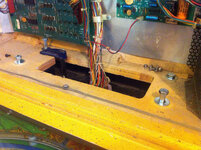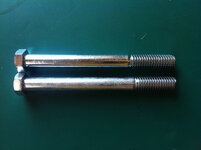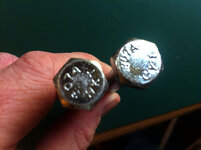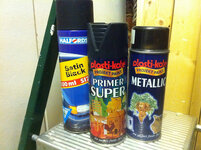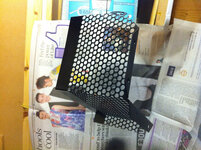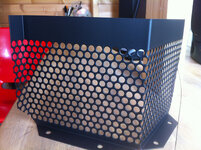June-September 2013
Research & Development: Playfield Restoration
My plan for the playfield doesn't involve a paint brush!

Actually, I'm okay with a paint brush for detail work as I'm quite into Warhammer 40K and railway modelling. I can do airbrushing too, and I've read several blogs about restoring playfields using a "mask & spray" technique but almost without exception the playfields being restored have relatively simple geometric or straight-edged designs with block colours. There's an excellent guide to exactly this sort of restoration on pinside.com.
Vid's Guide to Ultimate Playfield Restoration
Vid1900 is very opinionated but seems to know what he's talking about. The topic starts up with info about replacing inserts, the details about airbrushing start about halfway down page 2. It's worth reading through at least once, it's stuffed full of good tips.
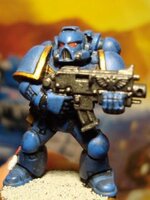
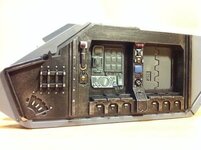
This simply isn't the case with Paragon which has some of the most detailed 10-colour screen-printed images to adorn a playfield (Paragon is probably most famous for it's beautiful artwork and many consider it one of the most beautiful pins ever made). Any attempt to hand re-paint it would be obvious. And I think that even with a water-slide decal of the top black screen layer it would still be too difficult to recreate the other 9 colours convincingly. The screen process creates a myriad of edge effects as the different colours overlap. My playfield simply has too much wear and the planking is so bad you can scratch the paint off down to bare wood with a finger nail. Where I gained on the underside (the hardware is in superb condition) I lost out on the topside. I can't complain - I got a working classic pinball machine for £150! Makes me smile every time I look at it

The chances of getting a NOS or A1 replacement are practically nil, and the last NOS that sold on eBay went for around $1,400 (nearly £900). That's probably double what I'm going to spend on this entire project! There is rumour that CPR (
http://classicplayfields.com/) might be working on Paragon as they've done both plastics and backglass previously but again that's a lot of wonga and likely a very long wait.
So, the only other choice as I see it is an overlay. My take on it is that the original playfield is totally b*ggered and is beyond saving. If I use it as the base for an overlay and it works then at least it's mostly original. I can hear the cries of "Blasphemy!" already! But seriously, how else am I supposed to fix this:
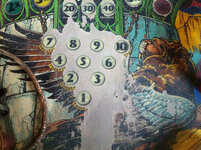
Paragon: playfield centre - bonus score by
staticboy, on Flickr
But how to make an overlay? It's just a giant sticker, right? I just need a image of the playfield and someone with a big printer. After some Googling and conversation on
http://pinside.com/ I managed to obtain a hi-res scan of a NOS playfield:
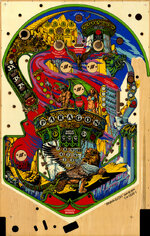
Super Hi-Res Scan of Paragon Playfield by
staticboy, on Flickr
That's got to be the hard part, right? From this image the first thing I did was knock out the best print my £20 Canon inkjet printer could manage on standard copier paper, making sure it was scaled at exactly 100% without reducing resolution:
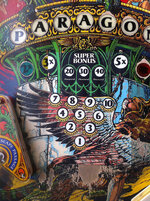
Paragon: Test overlay by
staticboy, on Flickr
Now come on! That's pretty impressive for a £20 printer from Asda! The scale is perfect. The aqua blue is spot on and the blacks dark. The yellow is a bit pale and the brown is way off, but not bad for a first test. Next, I tried the same experiment but this time using my Dad's colour laser printer on full glossy photo card stock. Unfortunately the stupid printer scaled the image to fit the A4 paper edge-to-edge so it's about 5% over-scaled:
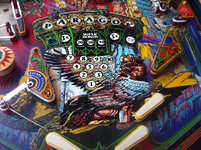
Paragon: High quality test overlay by
staticboy, on Flickr
Look at that! I can easily imagine that's the final finish, shiny clear coat and all:
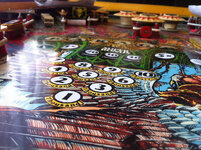
Paragon: High quality test overlay by
staticboy, on Flickr
I have to admit I was seriously impressed with the print quality. Really crisp, no pixelation or dithering at all, and the colours are much better. With the two simple tests I decided it was time to go pro and order some test decals from an on-line service. I decided to try
http://www.diginate.com/ first as you can order stickers/decals of any size or quantity, even singles.
First test, white vinyl with glossy (top) and matte (bottom) finish:
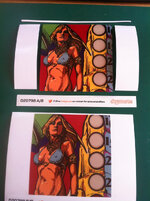
Paragon: Test overlay vinyl stickers by
staticboy, on Flickr
Admittedly, I wasn't too impressed with the result. There was even a little printer striping in the red. But I pressed on and experimented with clear-coating these samples to see how they would come out. Big improvement! Each sticker was also done with a different image. The top decal on glossy was done with a JPEG image and you can see in the image below there's slight dithering. The bottom decal on matte used a vectorised version of the image saved as a PNG. Vectorising the image attempts to turn areas into a solid block of a single colour thus minimising the dither of compressed image formats such as JPEG and keeping edges sharp. It also makes the images totally scalable without loss of resolution. I won't go into the technical details of vector images - I'm you're all half asleep at this point already.
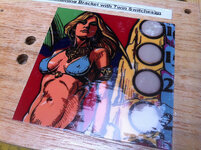
Paragon: Clear coat testing by
staticboy, on Flickr
The colours look better and the gloss from the clear-coat! Ooh! Next test: clear vinyl. I realised that one disadvantage of using white vinyl is that although it's a good base to get vivid rich colours I'd have to cut holes for the inserts, re-level the inserts and re-decal the insert lettering. With clear vinyl there's no need to do any of this. Diginate.com allow you provide a
masking layer in your artwork to control where they first print a white layer before applying any colour.
And here it is:
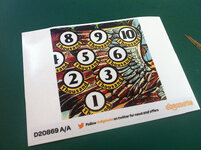
Paragon: Clear vinyl overlay test by
staticboy, on Flickr
The colour is even better than the white vinyl and the transparent areas for the inserts have come out really well. Annoyingly I don't seem to have taken a photo of this decal in situ on the playfield, but it did look really good. The colours are a near perfect match even though they'd been reduced from RGB to CMYK (another technical detail concerning print reproductions). I recently stuck it on an off-cut of white Conti board and gave it a few coats of clear. It does look good! Will try to get a photo tomorrow in daylight.
So that's my plan. Get a ruddy huge clear vinyl sticker made to completely overlay the entire playfield in a single piece and then get it clear-coated (possibly professionally). Final cost of the decal from diginate.com will be around £50 delivered.
